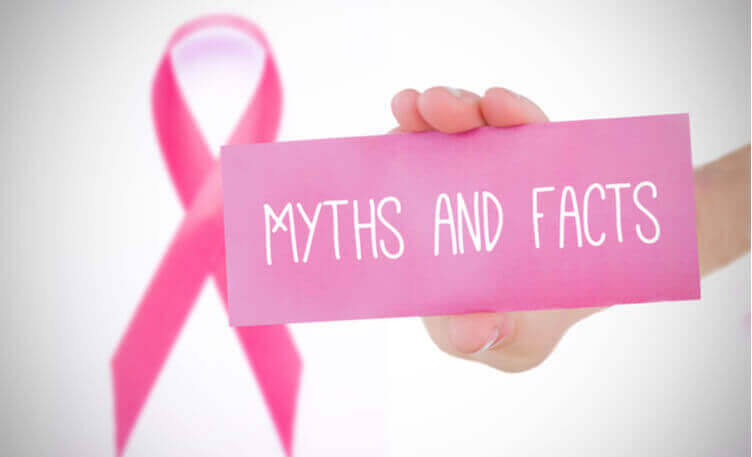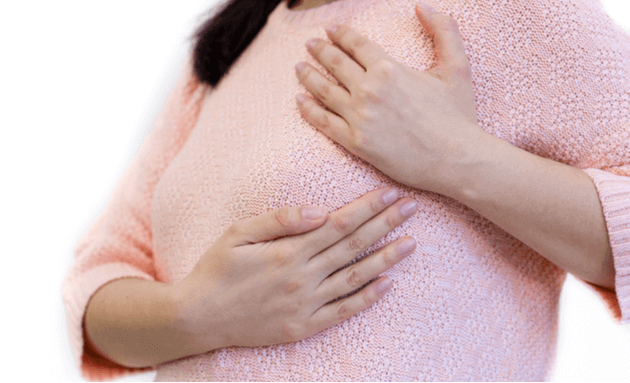
5 Breast Cancer Myths and Misconceptions
Aug 02, 2018
What we know about breast cancer continues to change as new research gives more insight into how it develops and how it can be treated. However, there are still a lot of misconceptions that can lead to unnecessary delays in getting the right preventive and curative treatment. What are these everyday breast cancer myths and misconceptions?
Common Myths About Breast Cancer
-
Deodorants or Antiperspirants Can Cause Breast Cancer.
Although there are a lot of rumours about the link between breast cancer and deodorant use, there is no scientific basis for any of them. It has also been claimed that the aluminium in antiperspirants can lead to breast cancer, however, there is no evidence that justifies these claims.
The truth is that since aluminium can interfere with x-ray readings during a mammogram, women are asked not to use deodorant or antiperspirant prior to the testing procedure.
-
Breast Cancer Does Not Affect Men.

While it might sound surprising to some people, breast cancer can also occur in men. It is generally detected as a hard lump under the nipple and areola. Unfortunately, in some cases, men do not notice lumps and wait to see their doctor only once the lumps have become large. This delay in treatment results in a higher mortality rate in men. Male breast cancer forms 1% of total breast cancer cases.
-
Breast Cancer Always Manifests in The Form of a Lump.

Although a lump can be indicative of breast cancer, it’s also important to look out for other unusual symptoms that may signal breast cancer. Nipple retraction is a key symptom to watch out for. A mammogram is effective in detecting breast cancer that does not have overt symptoms.
-
A Lump in Your Breast Means You Have Breast Cancer.
Not all lumps found in the breast are cancerous or malignant. In a lot of cases, the lump is benign, meaning it is non-cancerous. Often the lump is a cyst or a fibroadenoma i.e. a non-cancerous abnormal growth. In fact, 9 out of 10 breast lumps are not cancerous.
The doctor may still advise you to have surgery to remove the mass, but this does not mean it is cancerous. If you do discover a lump during a self-exam, it is essential that you consult with a specialist to ascertain whether it is malignant or benign and what treatment plan is required.
Remember that it is also common for women to develop lumps in the breasts at different times during the menstrual cycle, so don’t jump to conclusions before speaking to a specialist.
-
Underwired Bras Can Lead to Breast Cancer.

This is probably one of the most unfounded myths about breast cancer. The kind of bra a woman wears has no connection to whether or not she will develop breast cancer.






